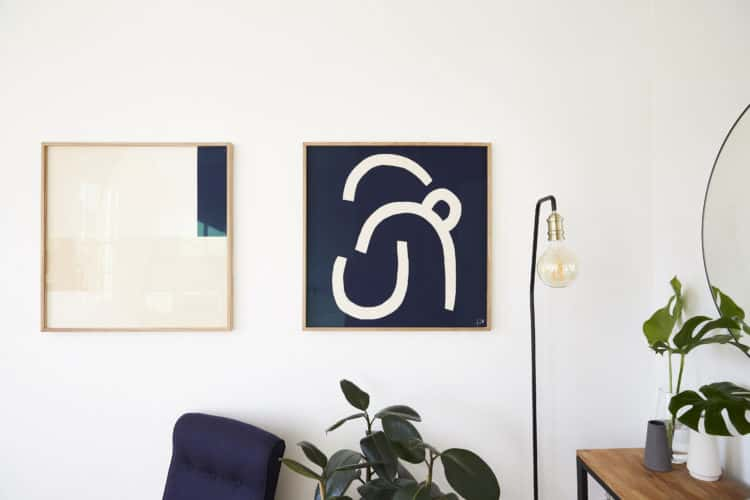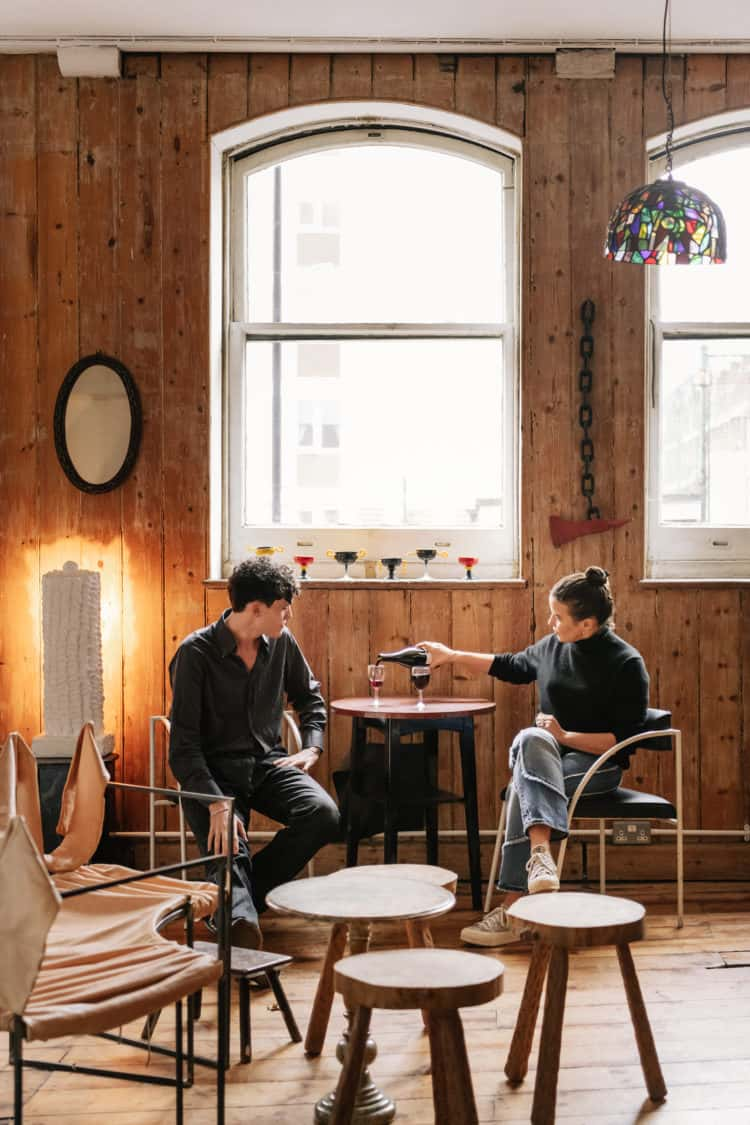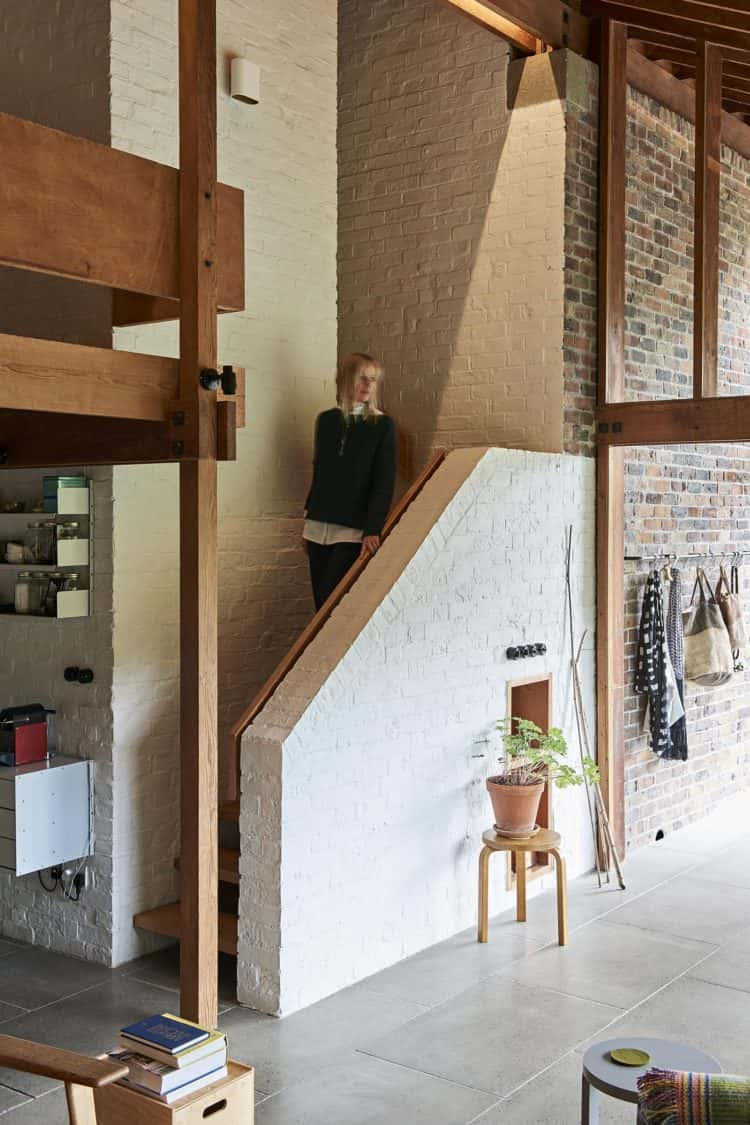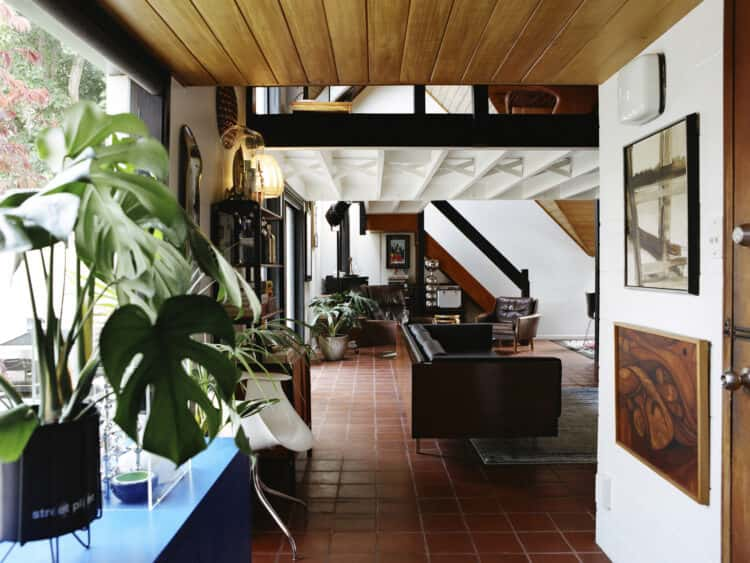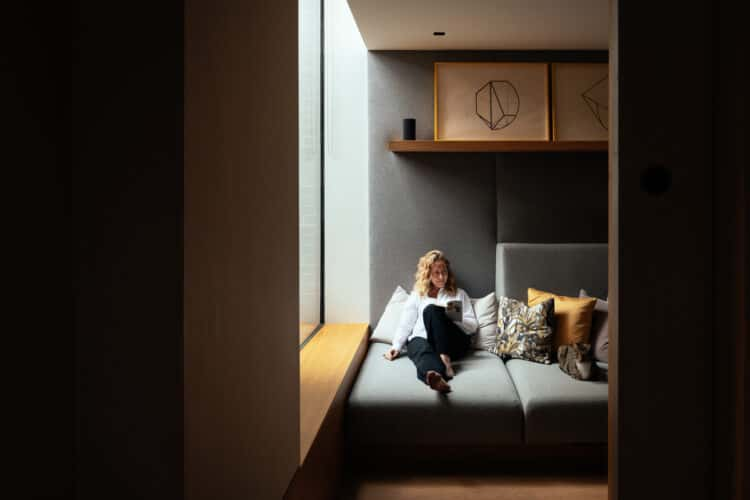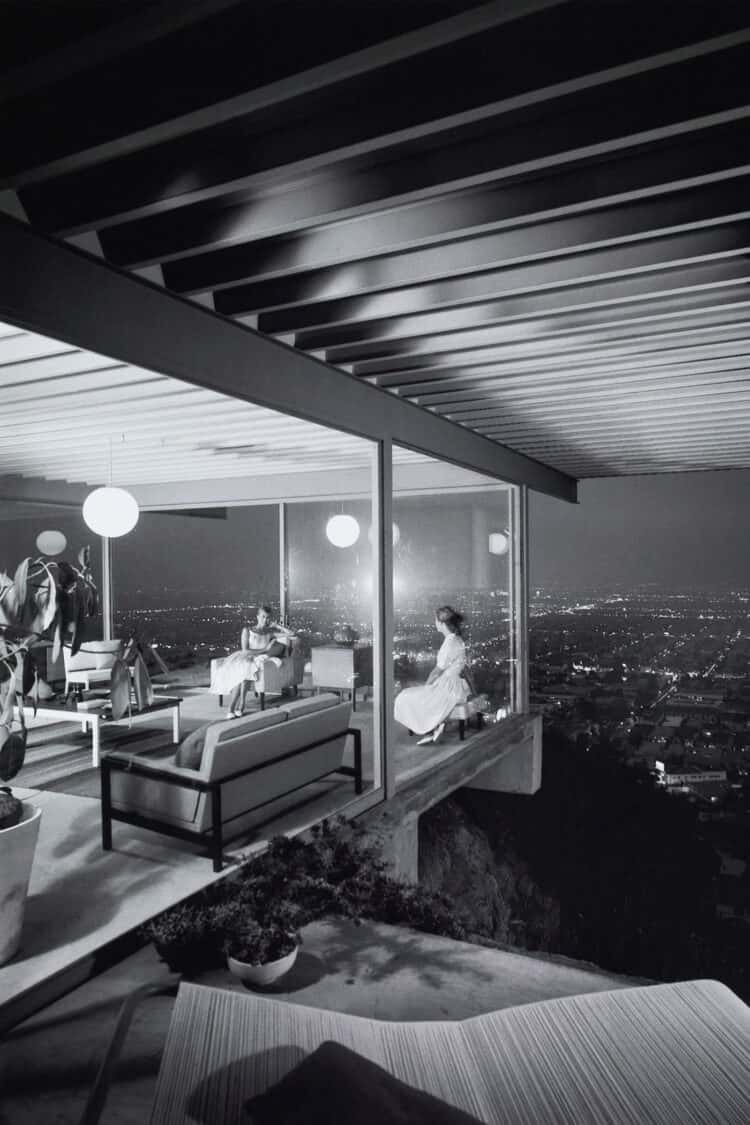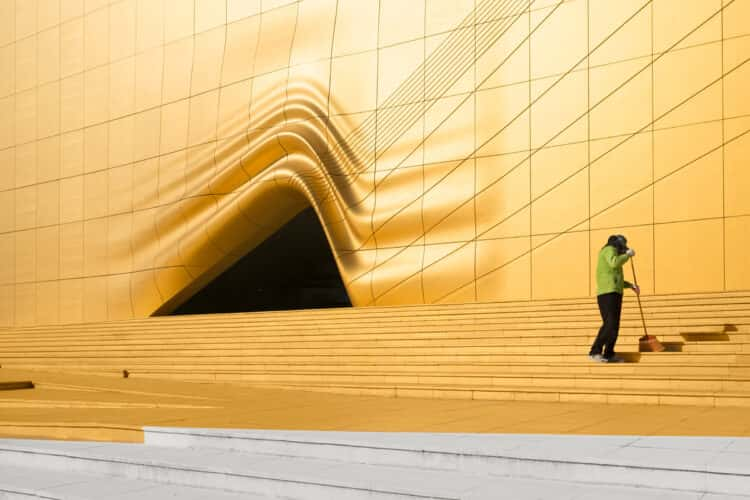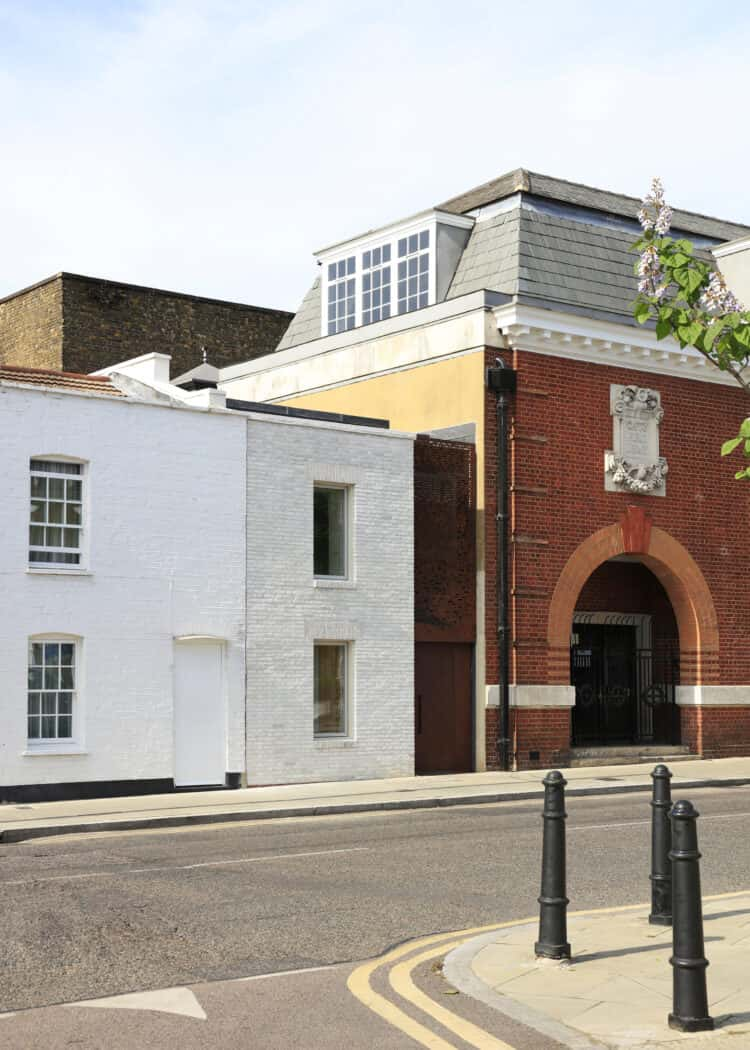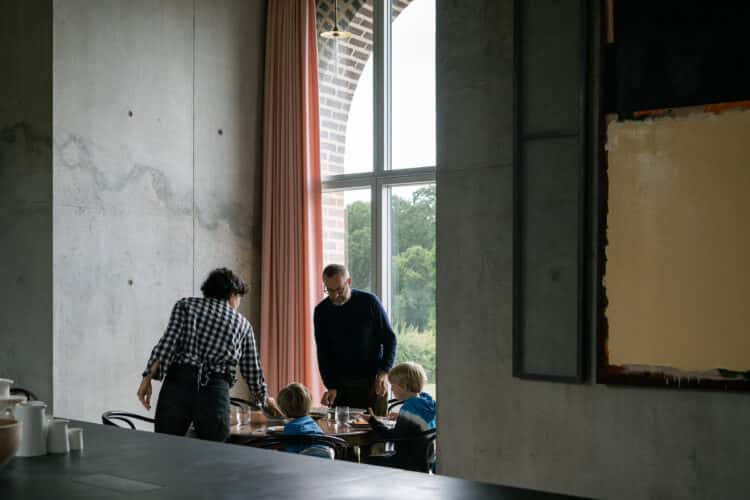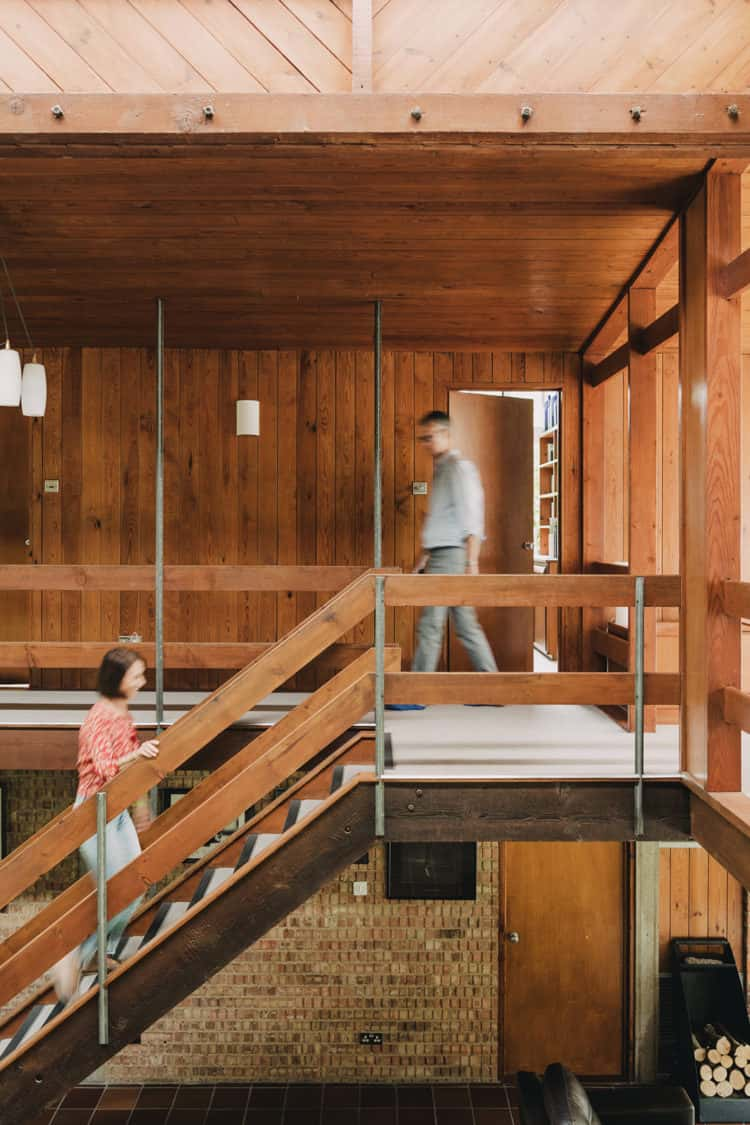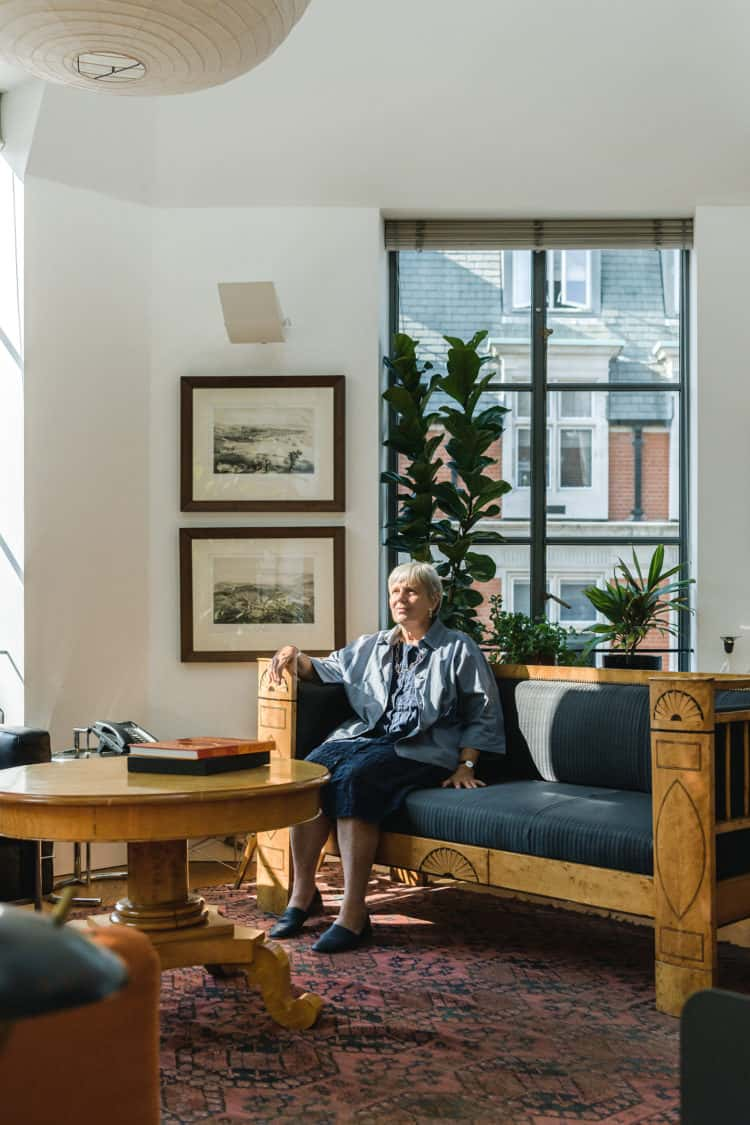What makes a modern house?
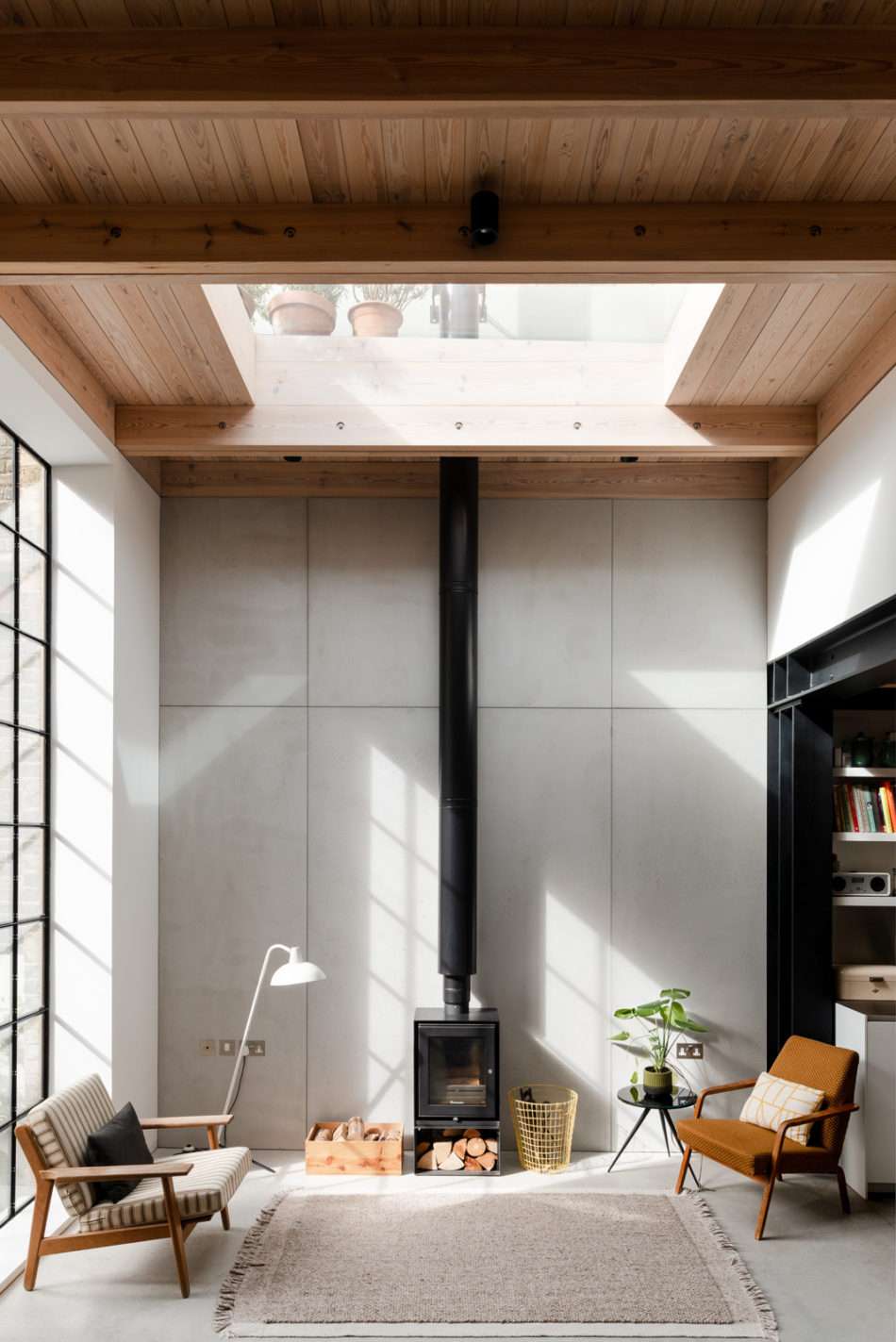
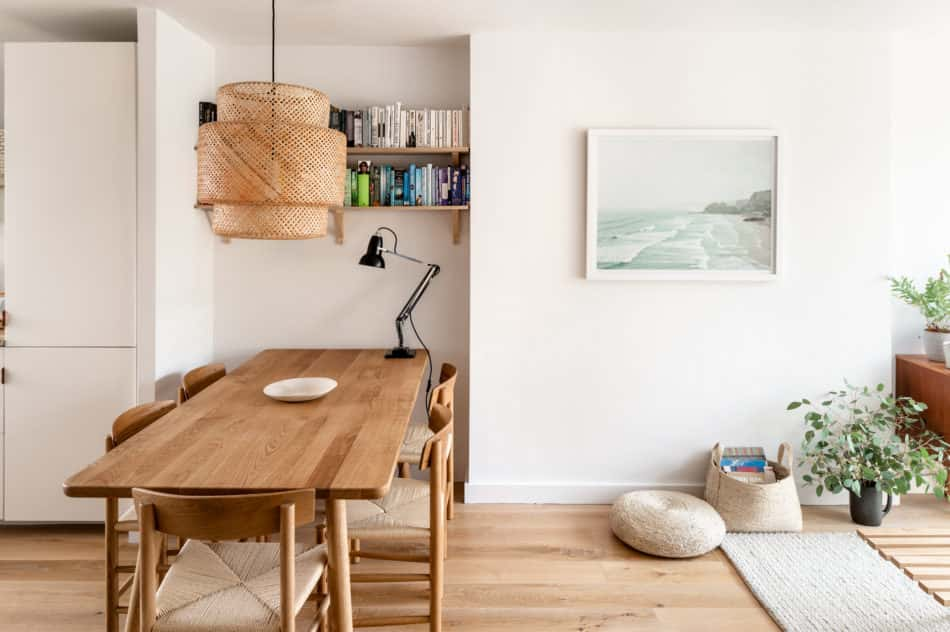
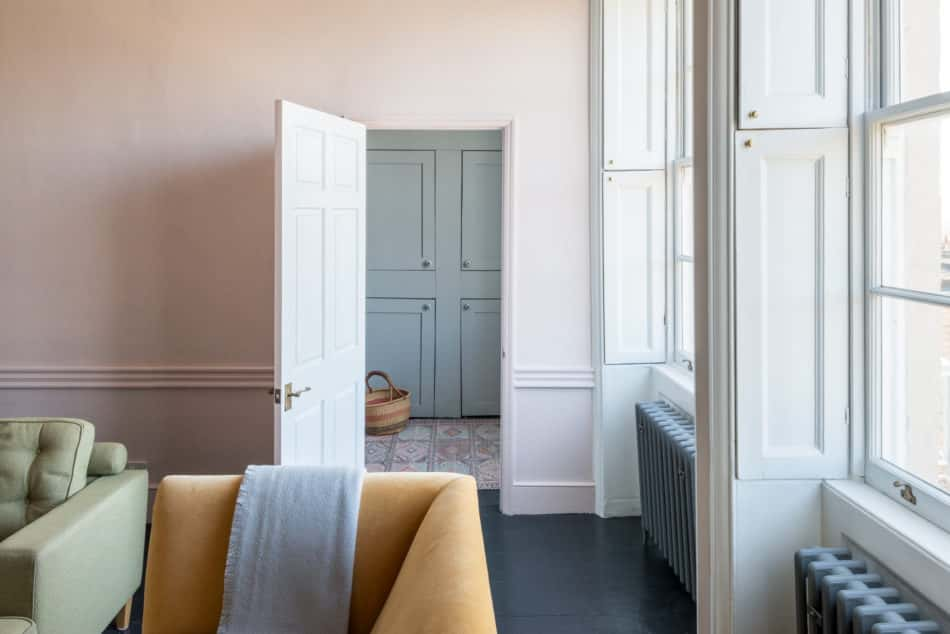
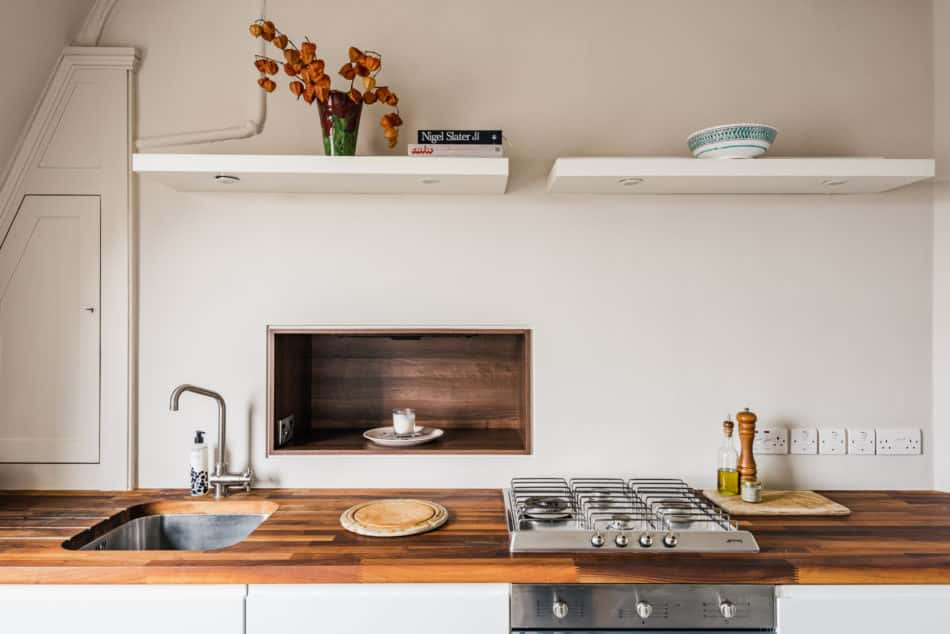
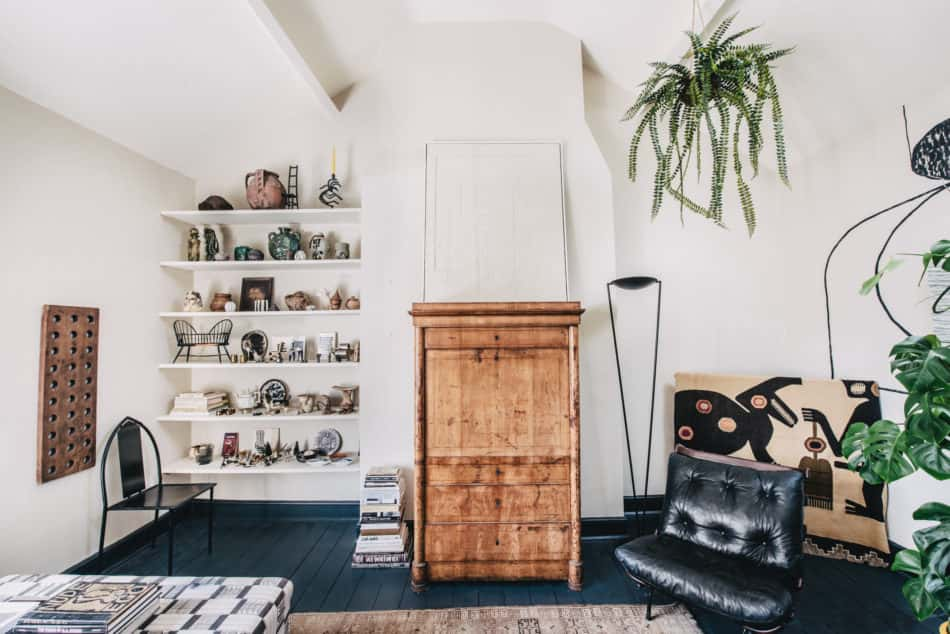
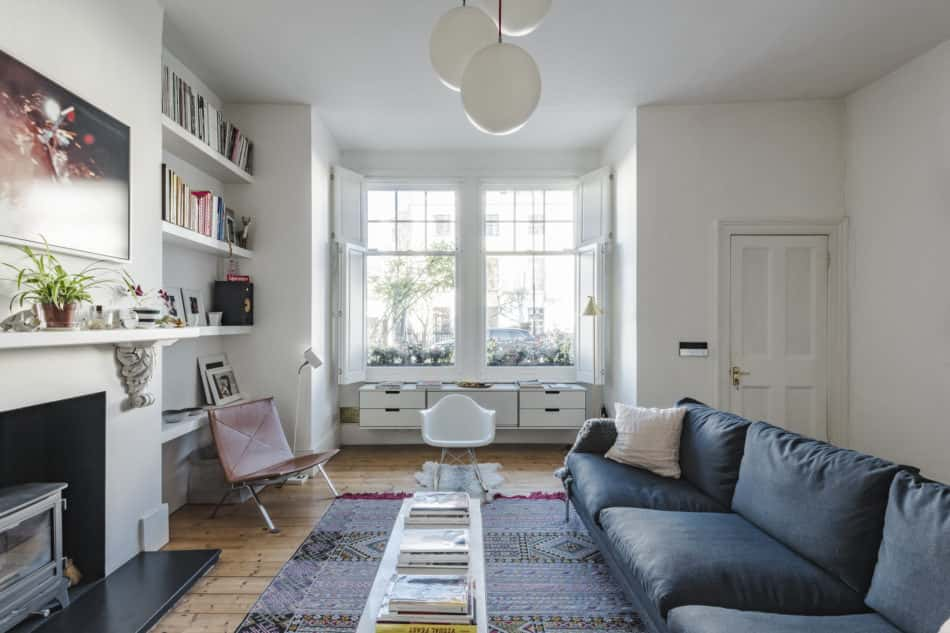
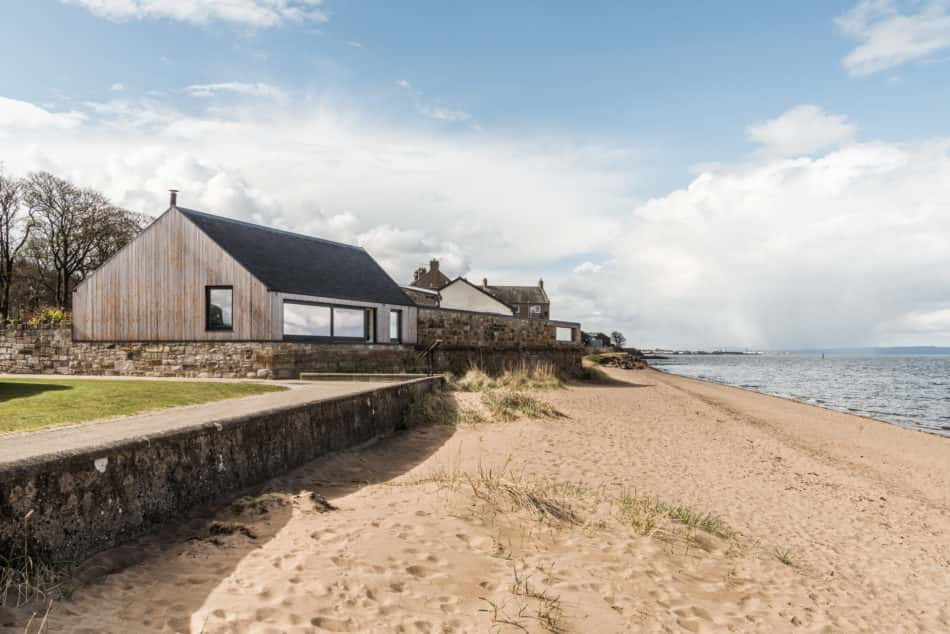
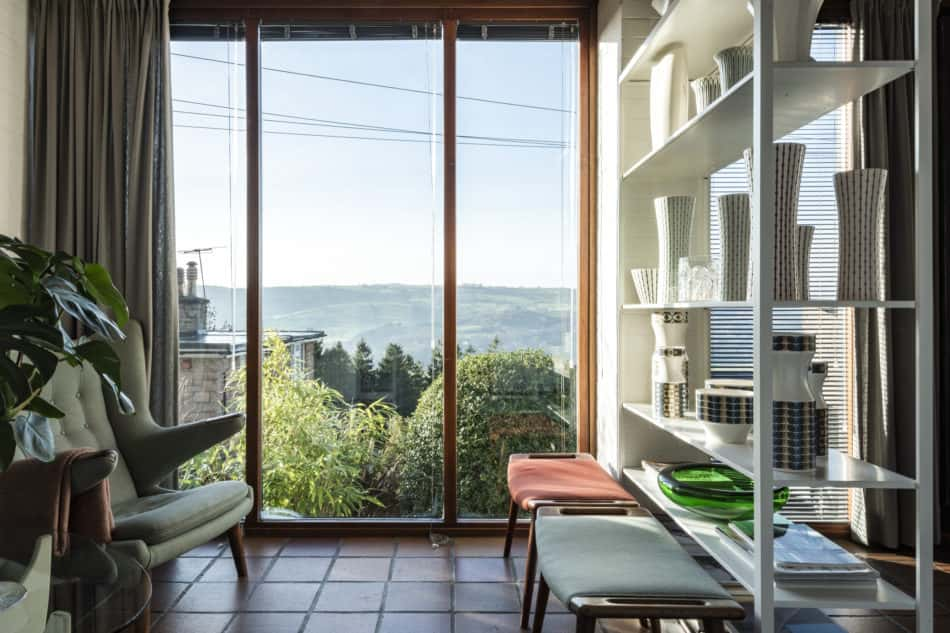
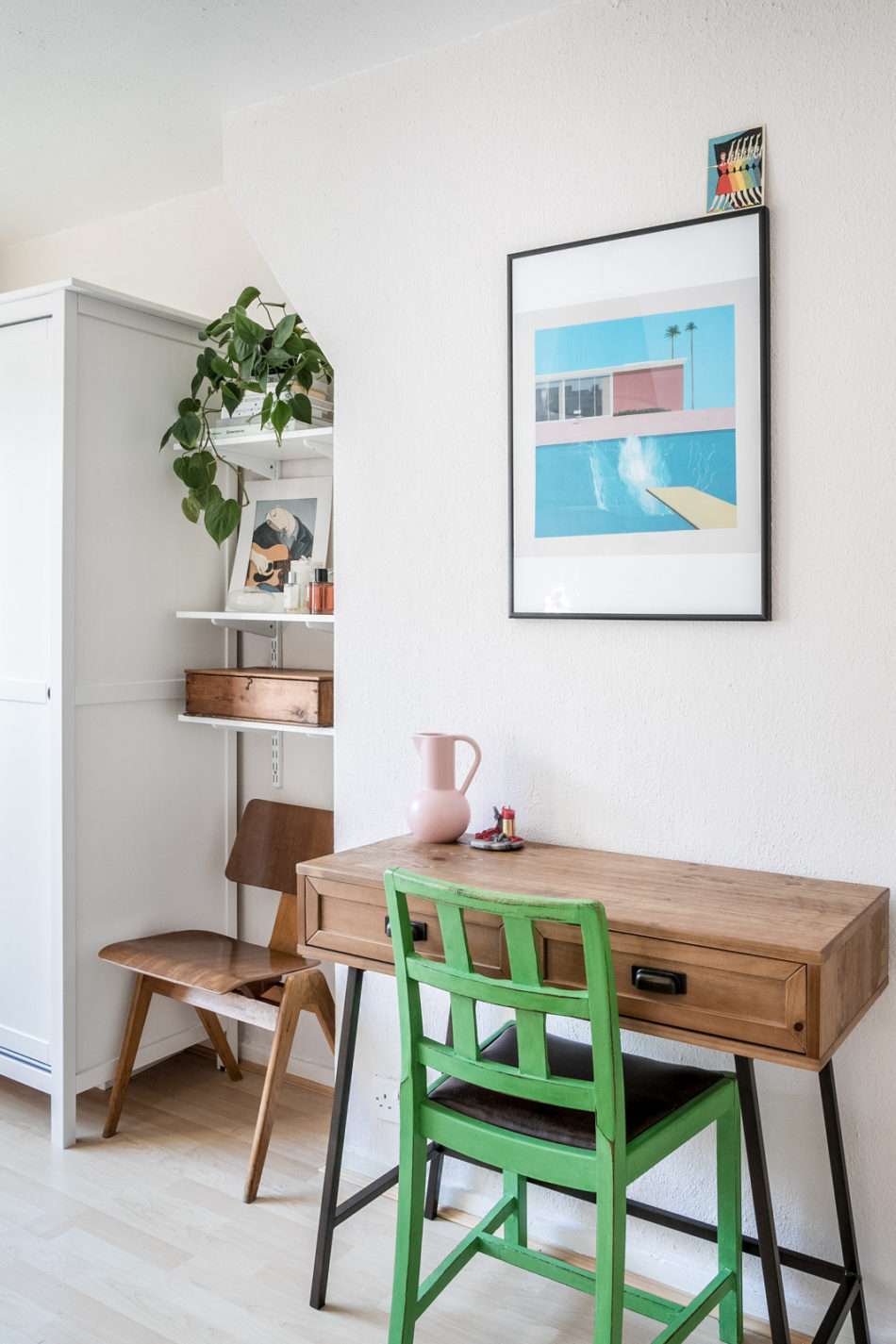
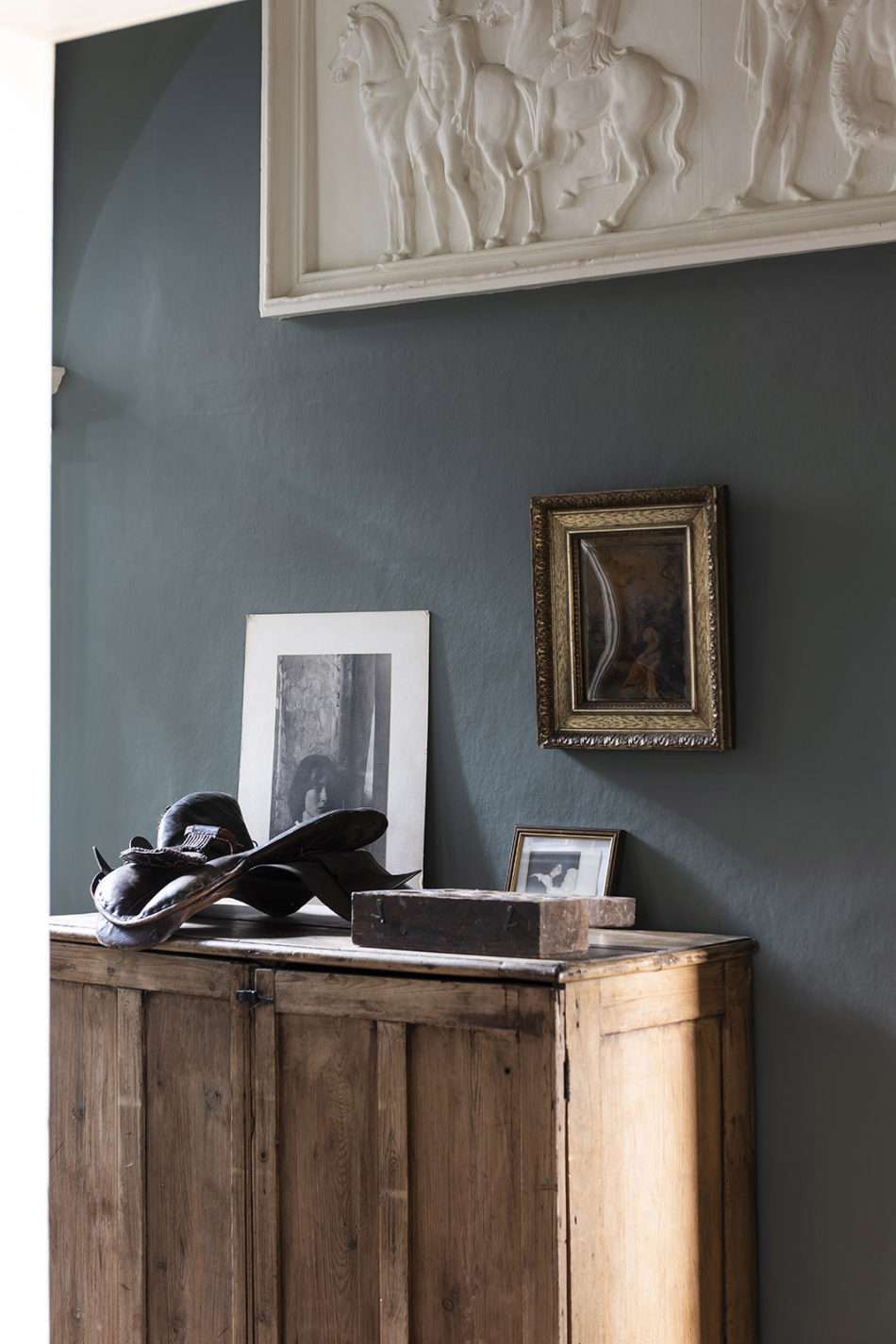
We’re often surprised to hear that some of our sellers were unsure whether their home constituted a modern house before they spoke to us. To help clarify what we look for when determining where we can add value, we’ve put together a checklist of sorts to help you answer, ‘What makes a modern house?’
And, if you’re at all in doubt, do get in touch and you might be surprised what we can help with – like a lot of people we have sold homes for.
Express yourself
A home is a lot more than its bricks and mortar. The things we fill our homes with, what memories are attached to them and the beautiful things we see every day are just as relevant to a modern house as its architecture.
One of the things that excites us most about selling homes is seeing the wonderful and varied ways people express themselves through their interiors. And, on our Journal, we see first-hand how a home provides possibly the greatest canvas for people to creatively and authentically represent their character.
Of course, how we choose to decorate and fill our homes is an incredibly personal pursuit. We understand how the maximalist style of Duncan Campbell and Luke Edward Hall works for them, but that interior designer Hollie Bowden, for example, needs something more pared back. We celebrate the value in both.
So, whether your home style is about curating found objects, a homage to mid-century design or is ostensibly an indoor jungle, we can connect you with an audience who will appreciate your choice of cushions (or lack of). And don’t think you need to be an interior expert or have hired a designer – something considered and thoughtful is of equal worth.
Good design is timeless
The fundamental ingredients for good architecture – elements like maximising natural light, clever spatial arrangements, quality of materials and functionality – have been in use for millennia and are certainly not confined to the 20th or 21st centuries.
In fact, we’d argue that the generous proportions, spatial efficiency and honesty of construction seen in a Georgian terrace equates to something much more relevant and suitable to modern life than some examples of contemporary architecture.
We like to think of ourselves as a broad church when it comes to design, applying equal care, attention and marketing know-how to a first home on an ex-local authority estate or a deftly-executed new build flat that we do to a Grade I-listed Modernist penthouse.
Here there and everywhere
The location of a home can be an integral part of its story. Through our ‘My Modern House’ series on our Journal, we explore modern modes of living and working, and have been intrigued to see the relationship people have to their ‘hood.
How could Helen and Niall Maxwell talk of their home in rural south Wales if they didn’t explain the deep connection they had to the surrounding land? How could creative director Alex Eagle speak about her life and home without mentioning it’s in the heart of Soho?
But, equally, we know that good design is not limited to certain postcodes or neighbourhoods. We celebrate well-designed living spaces wherever they appear, and have sold homes across the UK, from Cornwall to the Isle of Skye. Location, in our view, follows the other components that make a house an uplifting place to live.
A home takes many forms
Our needs and requirements from our homes can change many times over the course of a life. A small-space live/work conversion could make the perfect first-time purchase for a young creative couple looking for studio space. But for a growing family? Perhaps a refurbished Victorian terrace with an expansive kitchen extension would be better.
Living spaces are as diverse as the people who inhabit them. As such, we think that owning a modern home can encompass an outwardly-unassuming London terrace, a one-bed retreat by the sea or a so-so nineties flat made good by a discerning interior overhaul.
